Music
Trailers
DailyVideos
India
Pakistan
Afghanistan
Bangladesh
Srilanka
Nepal
Thailand
StockMarket
Business
Technology
Startup
Trending Videos
Coupons
Football
Search
Download App in Playstore
Download App
Best Collections
Technology
![[Postponed] Join the FirstMark Capital squad for a live Q A on Zoom tomorrow at 9am PDT](https://www.theindiansubcontinent.com/filter/tins/271145_tins_firstmark-headshots.jpg)
Update: Unfortunately, we&re going to have to postpone this call. We&ll be in touch soon with the new dates. In the meantime, we have plenty of exciting calls slated and can&t wait to share them with you. Stay tuned!
Stuck at home?
JK! I know you are! You&re not alone.
FirstMark Capital partners Rick Heitzmann, Amish Jani, Matt Turck, Beth Ferreira, and Adam Nelson are also working from home. But neither distance nor virus can truly keep us all apart.
Thatwhy I&m thrilled to announce that tomorrow at 12pm EDT/9am PDT, we will be joined by these wonderful FirstMark partners for a live Zoom chat.
We&ll ask how they&re advising their portfolio companies during these challenging times, how COVID-19 has changed their investment thesis (if at all) and what trends are exciting to them. More importantly, guests of the Zoom will also be able to ask questions and have them answered live on the call.
FirstMark has an impressive portfolio that includes Shopify, Airbnb, InVision, Pinterest, DraftKings, Discord and many, many more. The NYC-based firm is on its fourth early-stage fund and second growth-stage fund, with $480 million between the pair. (TechCrunch covered FirstMarklatest funds here.)
I&m amped to talk to Heitzmann, Jani, Turck, Ferreira and Nelson and hope you&ll join us. Interested? Hit up this Zoom link at 12pm EDT/9am PDT to take part! (Please observe normal human manners: Wear clothes, don&t screenshare, generally be polite.)
We&ll publish a lightly edited audio recording and transcript to Extra Crunch on Thursday for folks who miss out! But for everyone who can make it, we&ll see you tomorrow at noon Eastern. West Coast folks can dial in over breakfast.
- Details
- Category: Technology Today
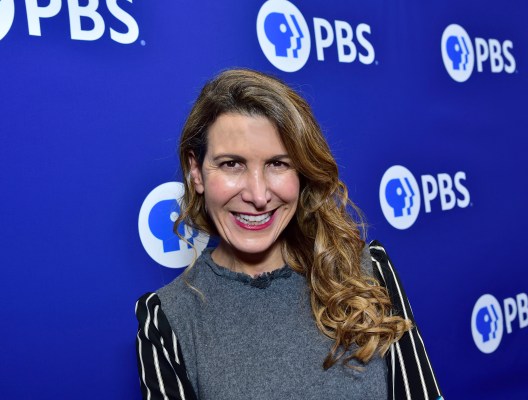
Tina Sharkey, the founder and former CEO of the recently closed D2C brand Brandless, has today been appointed to the board of directors of PBS. Sharkey is an independent board member.
Before her time at Brandless, Sharkey spent years in the media world. She scaled Johnson - Johnsonplatform for new and expecting moms, called Baby Center, oversaw AOLtransition from a closed network to the open web and co-founded iVillage. She also served as president of the Sesame Street Digital Group, the nonprofit behind Sesame Street with a mission of making educational storytelling available to anyone.
PBS, celebrating its 50th anniversary this year, has more than 300 partner stations and a presence on most digital platforms.
&PBS is so committed to universal access to the arts and educational storytelling,& said Sharkey in an interview with TechCrunch. &You may not know that they invented closed captioning. They still maintain the Public Emergency Broadcast System. They have all kinds of streaming services with distribution on Amazon, Roku, YouTube. They have their own app. But most importantly, they are able to quickly adapt in this moment of COVID-19 to become one of the worldlargest classrooms.&
Sharkey joins a 27-person board that includes Professional Directors (station leaders), General Directors (lay members of the board) and the PBS President and CEO Paula Kerger.
Sharkey is best known in the tech world for her time at Brandless, a D2C brand that sold household supplies, grocery items and pet products for $3/item. The company controlled most of the full stack, from manufacturing through to sales, and delivered an interesting alternative to Amazon. Also garnering attention from the tech world: Brandless raised nearly $300 million in funding, including $240 million from SoftBankVision Fund.
Brandless shuttered in February of this year, but Sharkey says there are lessons that can be carried over from her experience at the D2C startup.
&Brandless tapped into something very powerful around democratizing access to better things,& said Sharkey. &Better should be available to everyone. With Brandless, it was about better stuff. For PBS, itabout better access and better educational tools and better stories. So ita different product, but itthe same belief system, and thatthat communities want to be convened and be seen and everyone has a story to tell.&
Sharkey added that some of her favorite PBS programming includes FrontLine, News Hour and the shows that offer more democratized access to the arts, such as live performances and Broadway shows.
- Details
- Category: Technology Today
Read more: Brandless founder Tina Sharkey joins the board of PBS
Write comment (96 Comments)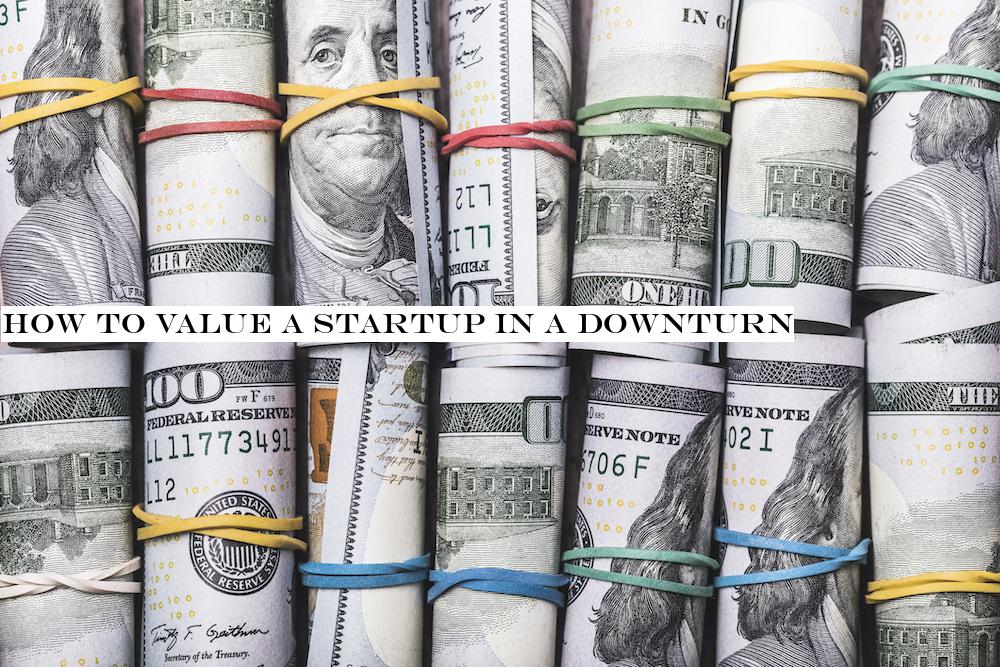
The value of technology companies has fallen as the broader public markets have repriced themselves in light of COVID-19-related market and economic disruptions.
And as the public markets sort out the new value of a huge piece of global business, private companies are being shaken as well.
What happens in the public markets trickles into the private markets, so if we&re seeing the value of public tech companies fall, startups are going to take a hit. To understand that dynamic, we spoke with Mary D&Onofrio, an investor with Bessemer Venture Partners. Shethe right person to chat with about the links between private valuations and public share prices as she not only helps put capital into growing startups, she also helps run the Bessemer cloud index (now a partnership with Nasdaq, and trackable on a day-to-day basis).
As sheversed on both sides of the public-private divide, we asked her how she values startups in normal market conditions and in more turbulent times like today. We also dug into how founders are reacting to the changing world that may no longer be as amenable to their business plans. Pulling from our conversation, D&Onofrio told TechCrunch that startups want to be valued like companies were a few months ago, while investors want to pay todaymarket prices.
But enough introduction, letget to the conversation. This interview has been edited for length and clarity; thanks to Holden Page and Walter Thompson for help with the transcription.
TechCrunch: During our last conversation, we discussed how to value startups. You explained a method in which you consider the future value of cash flows. How do you value startups today versus how much you think they&ll be worth down the road?
Mary D&Onofrio: I think whatimportant to know is that outside of a market disruption, which I think was the the nature of the question to begin with, cloud software tends to trade on revenue and revenue growth. Companies should fundamentally be valued on the present value of their future free cash flows. But I think with cloud software, in particular, therea prioritization of taking [market]share, and then applying a very long term healthy margin structure on a very massive revenue base once you get there, and generating cash then.
And so I think in bull markets, when capital is readily available, prioritizing growth makes a lot of sense because you want to capture as much share as you can. And then losses are also tolerable because the capital is available to fund that massive growth. And there are actual measurable metrics that validate that structure, with CLTV to CAC [customer lifetime value to customer acquisition costs] being one of them.
- Details
- Category: Technology Today
Read more: How to value a startup in a downturn
Write comment (94 Comments)Genomics health technology startup Color is doing its part to address the global COVID-19 pandemic, and has detailed the steps ittaking to support expansion of testing efforts in a new blog post and letter from CEO Othman Laraki on Tuesday. The efforts include development of a high-throughput lab that can process as many as 10,000 tests per day, with a turnaround time of within 24 hours for reporting results to physicians. In order to provide the most benefit possible from the effort of standing this lab up, Color will also make the design, protocols and specifics of this lab available open-source to anyone else looking to establish high-capacity lab testing.
Colorlab is also already nearly ready to begin processing samples — itgoing live &in the coming week,& according to Laraki. The Color team worked in tandem with MITBroad Institute, as well as Harvard and Weill Cornell Medicine to develop its process and testing techniques that can allow for higher bandwidth results output versus standard, in-use methods.
The focus of Colorefforts in making this happen have been on using automation wherever possible, and seeking techniques that source parts and components, including reagents, that can come from different supply chains. Thatactually a crucial ingredient to being able to ramp efforts at scale nationally and globally, because if everyone is using the same lab processing methods, you&re going to run up against a bottleneck pretty quickly in terms of supplies. Being able to process tens of thousands of tests per day is great on paper, but it means nothing if one ingredient you need to make that happen is also required by every other testing lab in the country.
Color has also made efforts to address COVID-19 response in two other key areas: testing for front-line and essential workers, and post-test follow-up and processing. To address the need for testing for those workers who continue to operate in public-facing roles despite the risks, Color has redirected its enterprise employee base to providing, in tandem with governments and employers, onsite clinical test administration, lab transportation and results reporting with patient physicians.
For its post-test workflow, Color is working to address the challenges reported by other clinicians and health officials around how difficult it is to be consistent and effective in following up on the results of tests, as well as next steps. So the company is opening up their own platform for doing so, which they&ve re-tooled in response to their experience to date, and making that available to any other COVID-19 testing labs for free use. These resources include test result reporting, guidelines and instructions for patients, follow-up questionnaires around contact tracing and support for how to reach out to potentially exposed individuals tied to a patient who tests positive.
To date, Color says that it has been able to operate at cost, in part backed by support by philanthropic public and private donations. The company is encouraging direct outreach via its This email address is being protected from spambots. You need JavaScript enabled to view it. email in case anyone thinks they can contribute to or benefit from the project and the resources being made available.
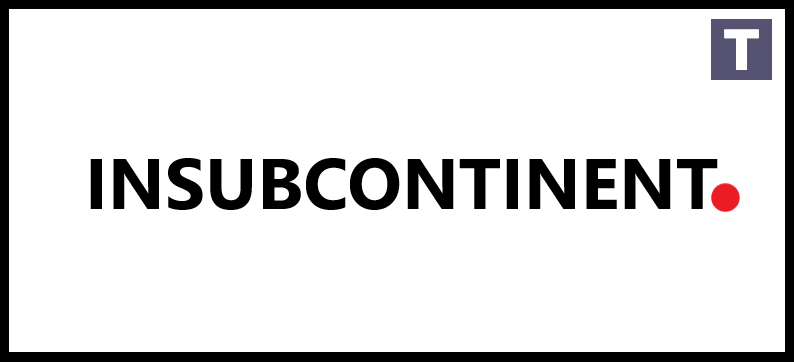
- Details
- Category: Technology Today
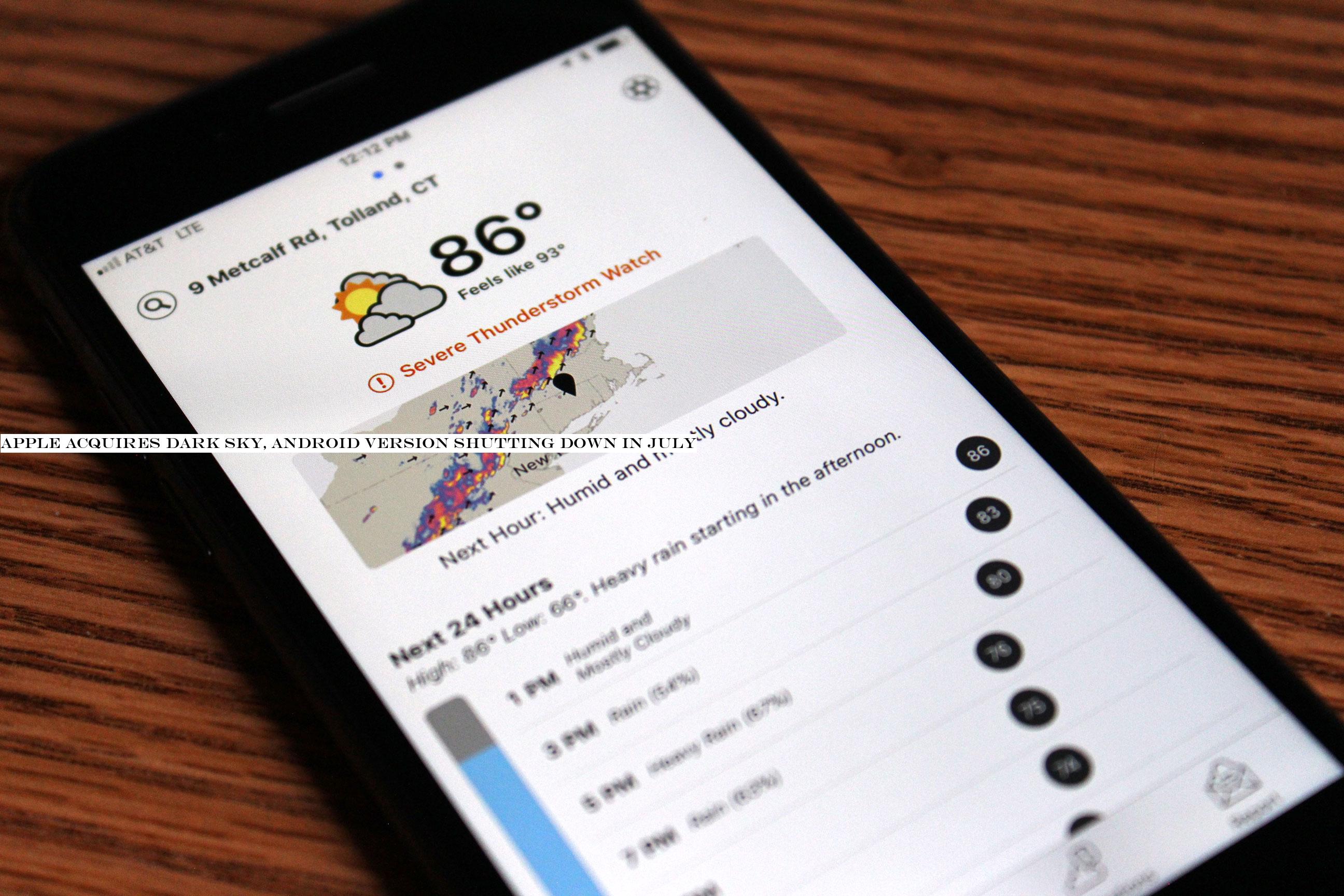
Dark Sky, the popular weather app, has been acquired by Apple . News of the acquisition comes by way of Dark Skyown blog.
The company says that there will be &no changes& for users on iOS right now — but for Dark Sky users on Android, the forecast isn&t so good. The company says it&ll shutdown the service on Android in just a few months time.
From their post:
Android and Wear OS App:
The app will no longer be available for download. Service to existing users and subscribers will continue until July 1, 2020, at which point the app will be shut down. Subscribers who are still active at that time will receive a refund.
The company will also no longer accept new signups for its API, which allowed other developers to tap Dark Skydatabase of &weather forecasts and historical weather data&. The company is committing to running that API through the end of 2021, but itunclear what&ll happen to it after that.
Dark Sky found its following by being one of the first apps to focus on &hyperlocal& weather, with reports based on your precise location rather than a swooping approximation for an entire zip code. For places like San Francisco where the weather can vary wildly from neighborhood to neighborhood, thata must.
- Details
- Category: Technology Today
Read more: Apple gets Dark Sky, Android version closing down in July
Write comment (97 Comments)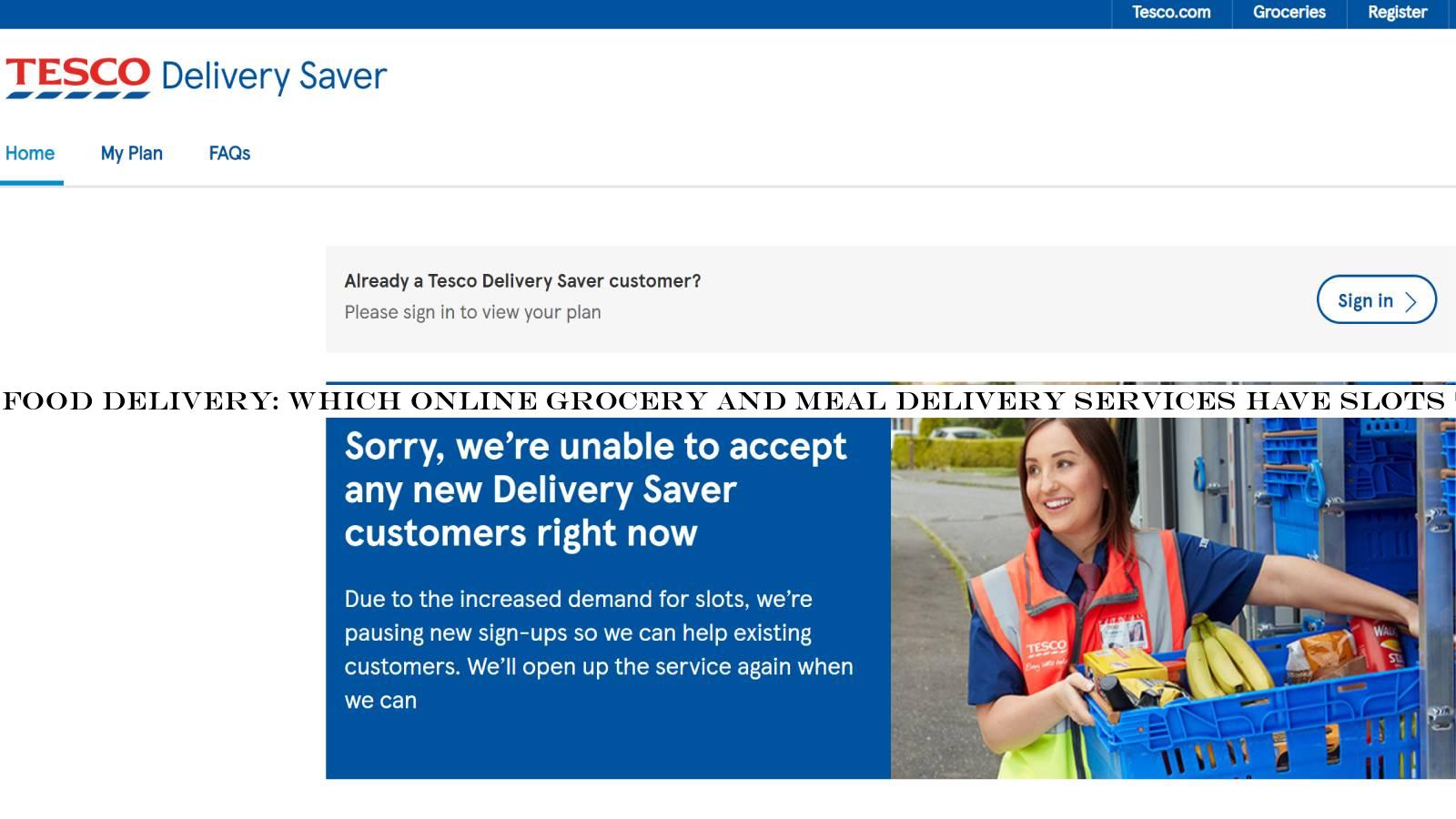
Update 01/04/20: Limited food delivery slots are continuing to become available throughout the day at Tesco, Sainsbury's and more, but they're filling up quickly. Supermarkets request that you to visit a store in person if you can, so they can prioritise food delivery slots for elderly or vulnerable customers. If you need to order food online,
- Details
- Category: Technology Today
Page 1077 of 1419

 9
9





